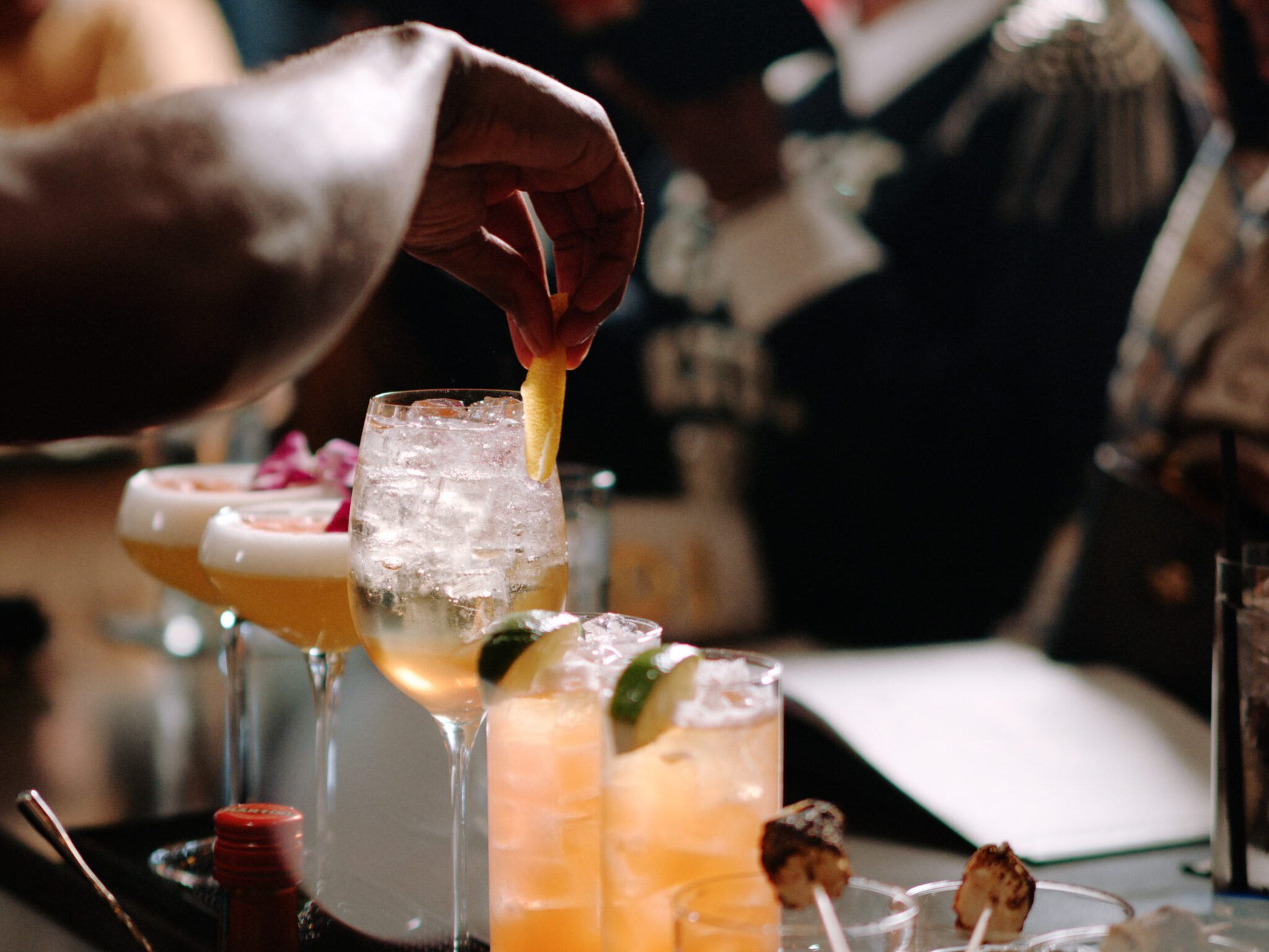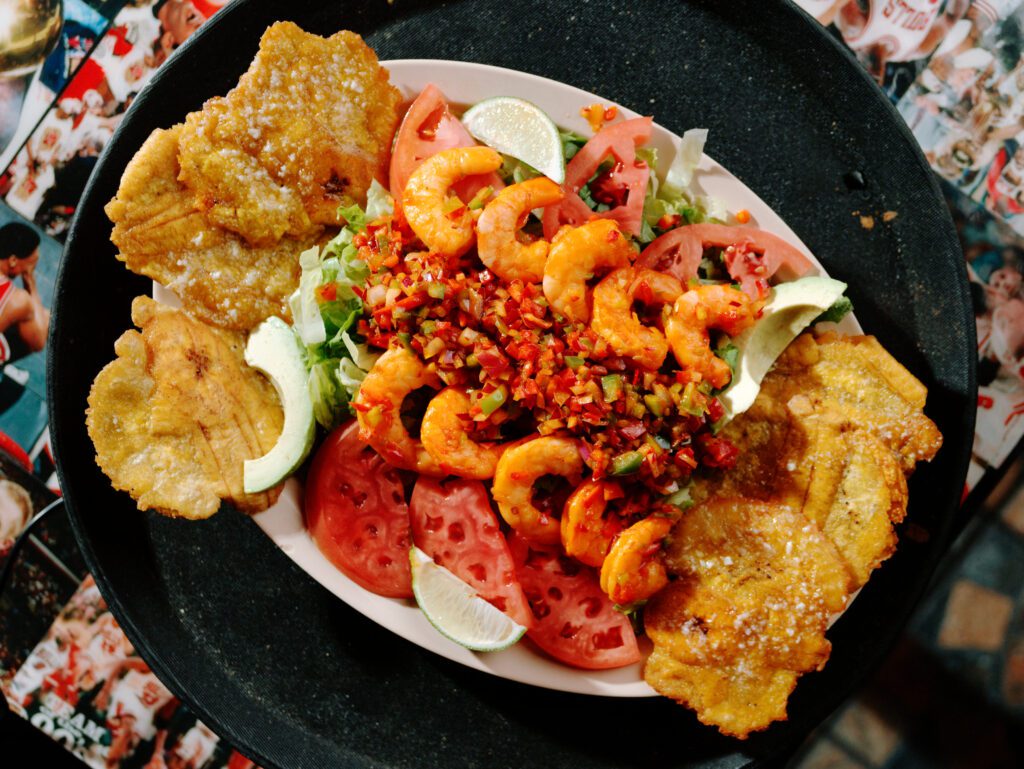Inside Chicago’s New Neighborhood Travel Show

Skift Take
Chicago is home to many iconic local eateries. At La Catedral Cafe & Restaurant, you can choose from up to 14 kinds of chilaquiles. At Old Fashioned Donuts, you can order fresh donuts from a man with over 50 years of experience making them by hand.
Choose Chicago, the city’s tourism bureau, invites you to dig into Chicago’s historic and culture-packed neighborhoods with its new web series, “The 77: A City of Neighborhoods.”
Funded by an American Rescue Plan grant, the video campaign — posted on YouTube and Choose Chicago’s website — highlights five sets of neighborhoods across the city’s 77 community areas.
Mark Skala is the creative director and founder at Skalawag Productions, the production company behind the campaign. Skala said most episodes follow a similar trajectory: opening with a longstanding food establishment, transitioning to the neighborhood’s history and culture, and then ending with a small business “pioneer.”
Skift learned more about the campaign and its progress since the premiere earlier this month.
Gathering around the dinner table
Cinematic shots of food and cocktails greet viewers in each episode. Chicago is a foodie’s paradise, and the campaign’s creators embraced that.
“Food is the hook that gets people interested,” said Rob Fojtik, Choose Chicago’s neighborhood strategy vice president and the show’s host and executive producer.
As Skala puts it, the show gets you to salivate. Skalawag Productions specifically focuses on food and beverage videography, which set them apart when Choose Chicago solicited campaign pitches.
The series hopes to demonstrate the culture and history of the city’s neighborhoods, but food is an easy way to draw in an audience.
“You can learn about history, but, if there's no place to go to get lunch or dinner or a cocktail, your trip is going to be less fun,” Fojtik said.

Narrowing down the neighborhoods
Choose Chicago could only showcase a handful of neighborhoods in the series launch. There were two deciding factors when whittling down which communities would be featured.
Partnerships with chambers of commerce and community development corporations establish trust with neighborhoods. This can get Choose Chicago into the door of that mom-and-pop shop, filming for up to 12 hours a day.
But, beyond the logistics, the chosen neighborhoods play a role in Chicago’s growth.
“Each of these five communities has a distinct cultural character, a distinct history, and something that also speaks to the larger Chicago story,” Fojtik said.
The series intends to challenge a narrative. As the show explains, segregation in Chicago led to inequality, socioeconomic diversity, and isolation of communities. While still contributing to pressing challenges across the city, Chicago’s history shouldn’t be ignored.
“Things that cause us to have lots of problems actually are also the same things that give us so many wonderful, rich experiences you can only get in Chicago,” Fojtik said.
Spreading the word
Choose Chicago posted the episodes online, but the group is also hosting community screenings around the city. Viewers can enjoy the same bites as seen on the big screen.
Fojtik said Choose Chicago also started a paid ad campaign to get more eyes on the show.
Through its promotional efforts, Choose Chicago targets a range of audiences, starting with Chicago residents themselves.
“We can hop on the CTA, or cars or a bike or whatever, and get to other communities pretty easily,” Fojtik told Skift. Choose Chicago also considers the regional and national levels with its campaigns, hoping to identify affinity groups and niches that would enjoy these travel experiences. More broadly, Fojtik emphasized the prominence of the “cultural explorer,” or a tourist interested in getting to know all aspects of a city.
Empowering communities
Beyond showing travelers other corners of Chicago, neighborhood campaigns have the potential to empower communities themselves.
Mike Moreno runs Osito’s Tap, a featured Little Village bar with a Bohemian history and a Latin twist. While Osito’s has already been in the press, Moreno said there’s been such an uptick in customers that he needs to hire more staff.
“My bar has been slammed for the last couple of weeks, which is amazing,” Moreno said. “(The series) brings attention to a neighborhood that I love so much that a lot of people aren't familiar with.”
Fojtik sees the series as a chance for communities to speak out for themselves.
“These were opportunities to really amplify and highlight those community voices and perspectives,” Fojtik said. “I think it gave a lot of folks who participated in it an opportunity to have their voices heard.”




